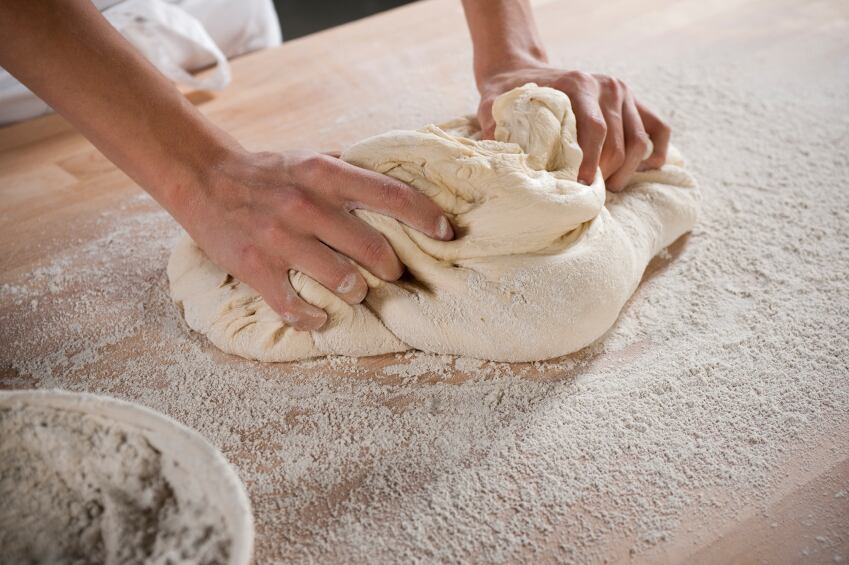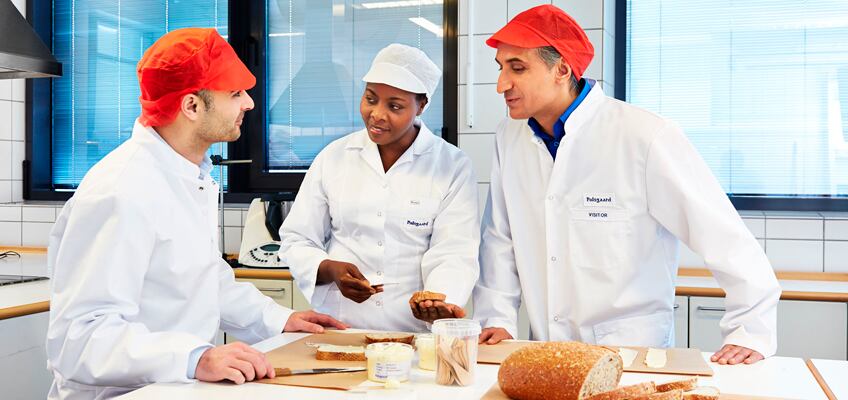Baked goods such as bread, cakes and pastries have to withstand several processing steps from high-speed mixing and lengthy proofing to high-temperature baking - processing that made formulation alterations complex said Paul Smith, principal scientist at Cargill.
“Bakery is inherently a challenging sector for fat replacement. If one is making a product which requires several different steps there is always a need for the fat to display different functionalities at the different stages,” he told BakeryandSnacks.com.
Challenges to face

Palsgaard, who developed emulsifiers for reduced-fat cake margarines by for example the use of sugar, agreed that the baking process was a challenge when reducing fat, particularly because of the Maillard reaction.
“Fat can be replaced with sugar, but the big issue is that sugar is released by the heat and adds browning on the surface. Some manufacturers look at how to add more sugar without affecting the baking process,” said Arne Nielsen, technical sales manager at Palsaagard.
DuPont added that bakery is particularly challenging for fat reduction as baked goods often have a higher fat content.
“When the fat contributes more to texture of a bakery product, there is a limit to which fat can be replaced; keeping all sensory proprieties similar to full fat reference product,” said Pernille Gerstenberg Kirkeby, oils and fats group manager at DuPont Nutrition & Health.
Alternative processing and game-changing ingredients
Cargill said fat reduction could be made easier for bakers with alternative processing technologies like super-heated steam, microwave and convection heating.
DuPont, for example, had worked on 50% reduced-fat wheat tortillas, made possible with an emulsifier-enzyme system which enabled manufacturers to avoid changes to processing steps like plate pressure, said the company's senior application specialist Andy Flounders.

Palsgaard had worked on developing its emulsifiers to reduce the impact of the Maillard reaction in baking, Nielsen said.
“Thanks to our product where sugar is already in a stable solution the coloring is not affected. It works great in products which are already sweet such as products with sugar glazing on top or jam filling.”
Functionality of ingredient crucial
All three firms agreed that functionality was key to the success of a particular ingredient.
“It is not enough to have structure replication. The desired texture must be understood and reproduced. Also different functionalities of the fat at different stages in the processing may be required,” said Smith.

“The effect of different ingredients in the mouth and on the tongue is very important in determining the likeability of an ingredient,” he added. Cargill’s research efforts concentrated on the application of tribology (study of friction and lubrication) to the behaviour of foods in the mouth.
DuPont had similarly invested in exploring the taste impact of fat reduction, looking specifically at taste impact in the brain. Its research investigated the brain’s response to sugar, fat and salt and scientists hoped to identify alternative ingredients that produce identical gustatory effects, said Stine Moeller, principal scientist and sensory lab manager at the firm.
It’s all about the money
Cargill's principle scientist pointed out that the biggest challenge for the industry remained providing the overall functional and sensorial performance of a fat with clear benefits (such as reduced calories or cholesterol) at a competitive price.

